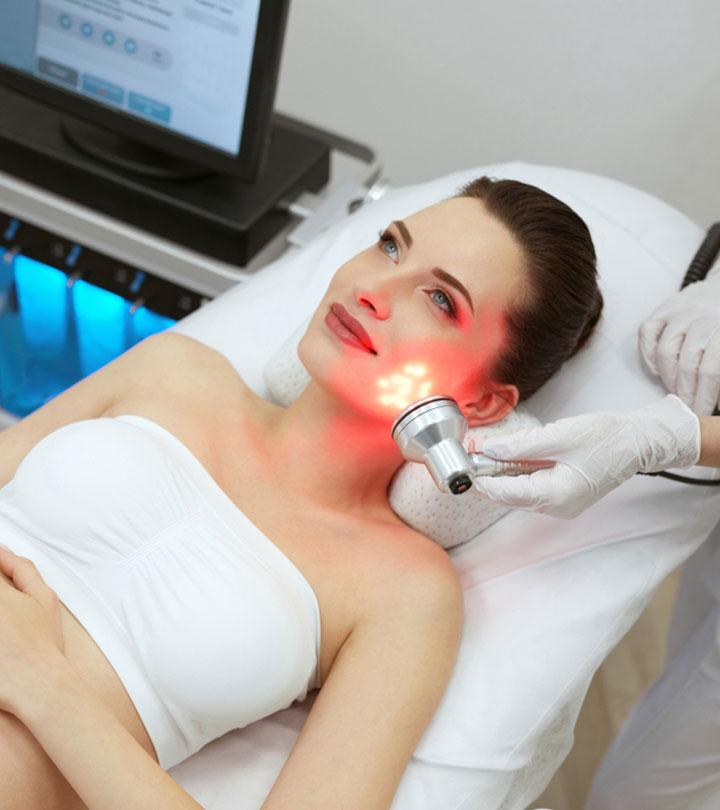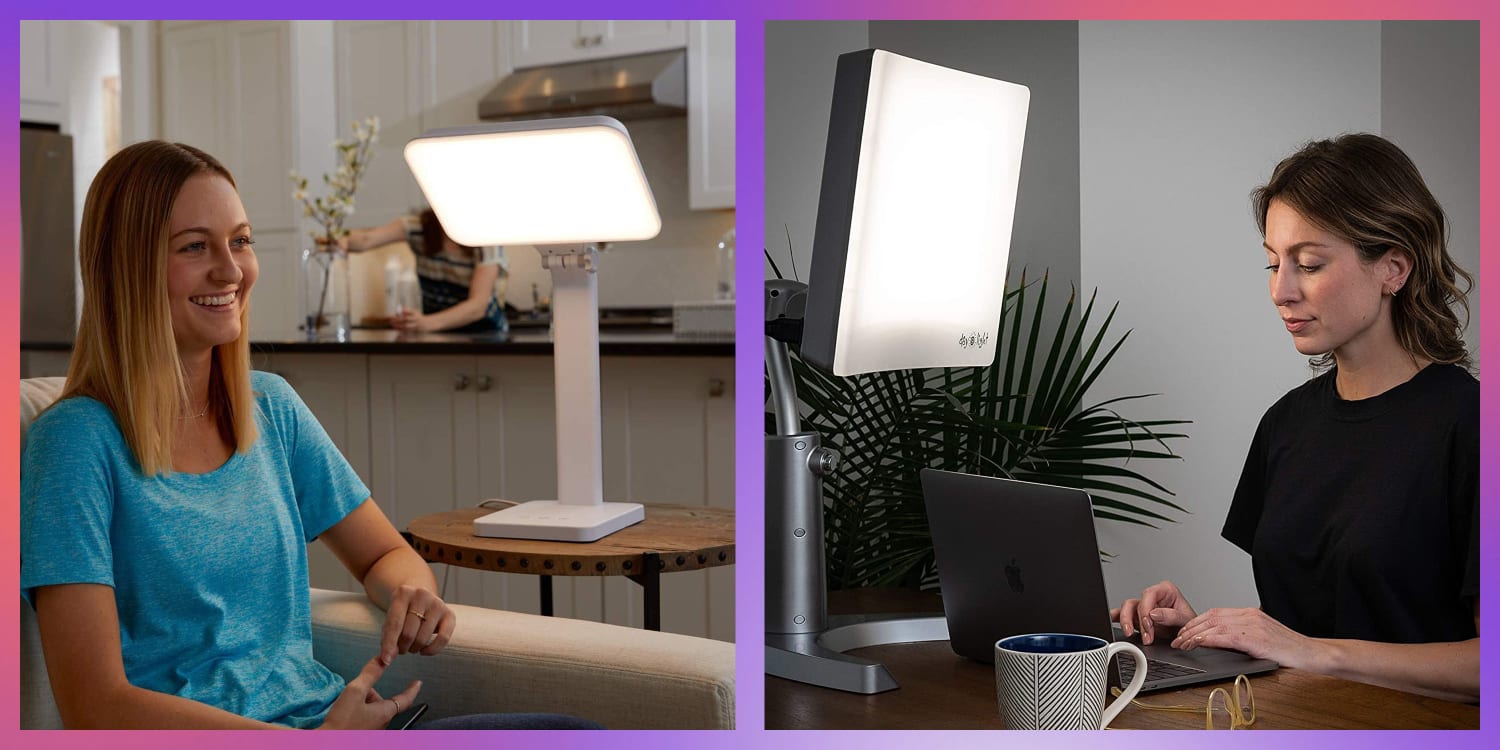Photobiomodulation Laser Applications in Modern Medicine
Wiki Article
Unlocking the Possible of Photobiomodulation: A Promising Method for Healing Intervention
Are you interested concerning the possibility of photobiomodulation for therapeutic treatment? By targeting particular cellular procedures, photobiomodulation has revealed potential in accelerating injury recovery, lowering discomfort, and advertising cells regeneration. In this introduction, we will discover the devices of activity, applications in medicine, and the existing proof supporting the efficacy of photobiomodulation.Recognizing Photobiomodulation
To recognize photobiomodulation, you require to understand the concept of how light therapy can directly influence cellular processes in your body. Photobiomodulation, likewise referred to as low-level light treatment, is a non-invasive treatment that uses particular wavelengths of light to boost biochemical reactions in your cells. When exposed to these light wavelengths, your cells take in the power and transform it into mobile energy, understood as adenosine triphosphate (ATP) This boost in ATP manufacturing leads to a waterfall of mobile feedbacks, consisting of improved metabolic process, improved blood circulation, and increased manufacturing of collagen and other healthy proteins.The therapeutic results of photobiomodulation are far-reaching and have actually been researched extensively in numerous medical areas. It has actually shown appealing cause promoting cells repair work and regeneration, minimizing swelling, soothing pain, and improving injury healing. Photobiomodulation has actually been found to have a positive influence on neurological problems, such as terrible brain injury and stroke, by promoting neural activity and promoting neuroplasticity.
One of the vital advantages of photobiomodulation is its security account. Unlike other therapies, photobiomodulation does not create any kind of warmth or cause tissue damage. It is a non-invasive and painless procedure that can be carried out in a scientific setup or perhaps in the comfort of your own home with the use of portable gadgets. It is vital to keep in mind that photobiomodulation should be administered by trained professionals or according to the manufacturer's guidelines to make certain optimum outcomes and safety and security.

Systems of Action
In understanding the devices of activity, you will uncover exactly how photobiomodulation straight affects cellular procedures with particular biochemical responses. When light is related to the body, it is absorbed by chromophores, such as cytochrome c oxidase and flavins, which are existing in the mitochondria. This absorption causes a waterfall of events that ultimately cause cellular adjustments.Photobiomodulation enhances the activity of cytochrome c oxidase, an important enzyme in the mitochondria that is involved in the electron transportation chain. As a result, cellular metabolism is improved, promoting tissue fixing and regeneration.
In addition, photobiomodulation has been shown to regulate cellular signaling pathways. It triggers numerous growth variables and indicating particles, such as nitric oxide and responsive oxygen species, which play crucial duties in processes like cell, angiogenesis, and swelling spreading. These signaling pathways add to the restorative results of photobiomodulation, advertising tissue healing and minimizing discomfort and swelling.
Applications in Medicine
Explore the varied applications of photobiomodulation in medication. Photobiomodulation, additionally known as low-level light therapy, is a non-invasive treatment that utilizes light to boost mobile procedures and promote healing. In medicine, this technique has shown appealing outcomes throughout different fields.One of the main applications of photobiomodulation is in pain administration. photobiomodulation therapy. It has been used to reduce both chronic and acute pain, consisting of bone and joint problems, neuropathic discomfort, and post-operative discomfort. By targeting the afflicted area with particular wavelengths of light, photobiomodulation can decrease inflammation, promote cells fixing, and supply alleviation
Furthermore, photobiomodulation has shown potential in injury recovery. It can speed up the healing procedure by boosting cell expansion, promoting angiogenesis, and decreasing scar cells development. This has considerable implications in the therapy of chronic wounds, why not check here such as diabetic person abscess and pressure sores.
In dermatology, photobiomodulation has actually been made use of for its regenerative and anti-inflammatory impacts. It can improve the look of scars, minimize acne lesions, and stimulate hair development in conditions like androgenetic alopecia.
Furthermore, photobiomodulation has actually shown promise in neurorehabilitation. It can enhance cognitive function, improve electric motor healing, and help in the therapy of neurodegenerative diseases like Alzheimer's and Parkinson's.
Professional Evidence and Research Findings

In the area of bone and joint problems, photobiomodulation has been found to decrease pain and inflammation, enhance array of activity, and increase cells repair. Additionally, photobiomodulation has shown positive effects on wound healing by promoting collagen fibroblast, synthesis, and angiogenesis spreading.
In addition, study has actually revealed that photobiomodulation can have neuroregenerative and neuroprotective impacts. It has been discovered to improve cognitive feature, lower neuroinflammation, and enhance neuronal survival and synaptic plasticity. This has essential effects for the therapy of neurological conditions such as Alzheimer's condition, Parkinson's disease, and stroke.
Future Instructions and Potential Challenges
Relocating ahead, it is crucial to consider the future instructions and potential difficulties bordering the usage of photobiomodulation as a therapeutic intervention. One vital future instructions is the exploration and optimization of dosing criteria. Currently, there is no consensus on the optimum wavelength, intensity, duration, and regularity of photobiomodulation treatment. Further study is needed to understand the dose-response partnership and establish evidence-based guidelines for professional method.Another crucial future direction is the growth of portable and cost-efficient photobiomodulation devices. While existing devices work, they are frequently cumbersome, expensive, and need professional supervision - photobiomodulation therapy. The advancement of economical and straightforward devices would considerably boost ease of access to this treatment, permitting more individuals to take advantage of its prospective restorative impacts
In addition, future study needs to focus on illuminating the mechanisms underlying photobiomodulation. Regardless of its growing appeal, the specific systems whereby photobiomodulation exerts its restorative effects are not fully understood. Recognizing these devices would certainly not only enhance our understanding of the treatment yet additionally aid in the development of more targeted and effective interventions.
Nevertheless, there are likewise prospective difficulties that require straight from the source to be addressed. pbm therapy. These consist of the requirement for standard procedures, the demand for properly designed scientific tests with larger sample sizes, and the need for long-lasting follow-up research studies. Moreover, regulative and security considerations must be taken into consideration to ensure the safe and reliable use of photobiomodulation in professional practice.
Conclusion
To conclude, photobiomodulation holds wonderful assurance as a restorative intervention in medication. Its mechanisms of activity and clinical proof suggest its possible for treating different conditions. Further research study is required to fully comprehend its advantages and attend to any kind of prospective obstacles. With ongoing research studies and innovations in this field, photobiomodulation has the prospective to open new possibilities for boosting patient results.Are you curious about the capacity of photobiomodulation for restorative treatment? By targeting details mobile procedures, photobiomodulation has actually shown potential in speeding up injury healing, reducing pain, and promoting tissue regeneration.Additionally, photobiomodulation has shown prospective in wound healing.Moving forward, it is essential to think about the prospective challenges and future directions bordering the use of photobiomodulation as a restorative treatment. With ongoing studies and innovations in this field, photobiomodulation has the possible to unlock brand-new possibilities for enhancing person outcomes.
Report this wiki page